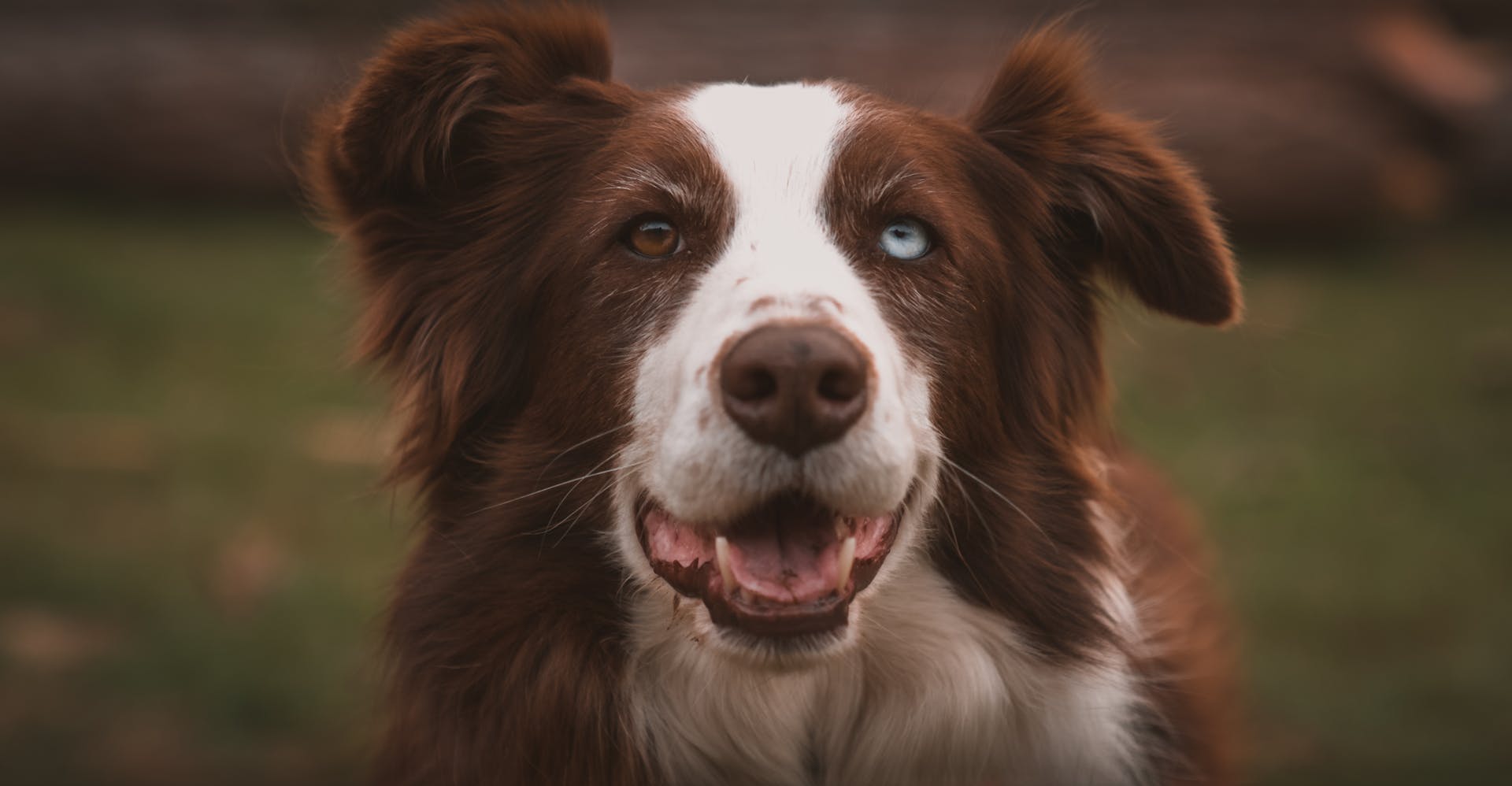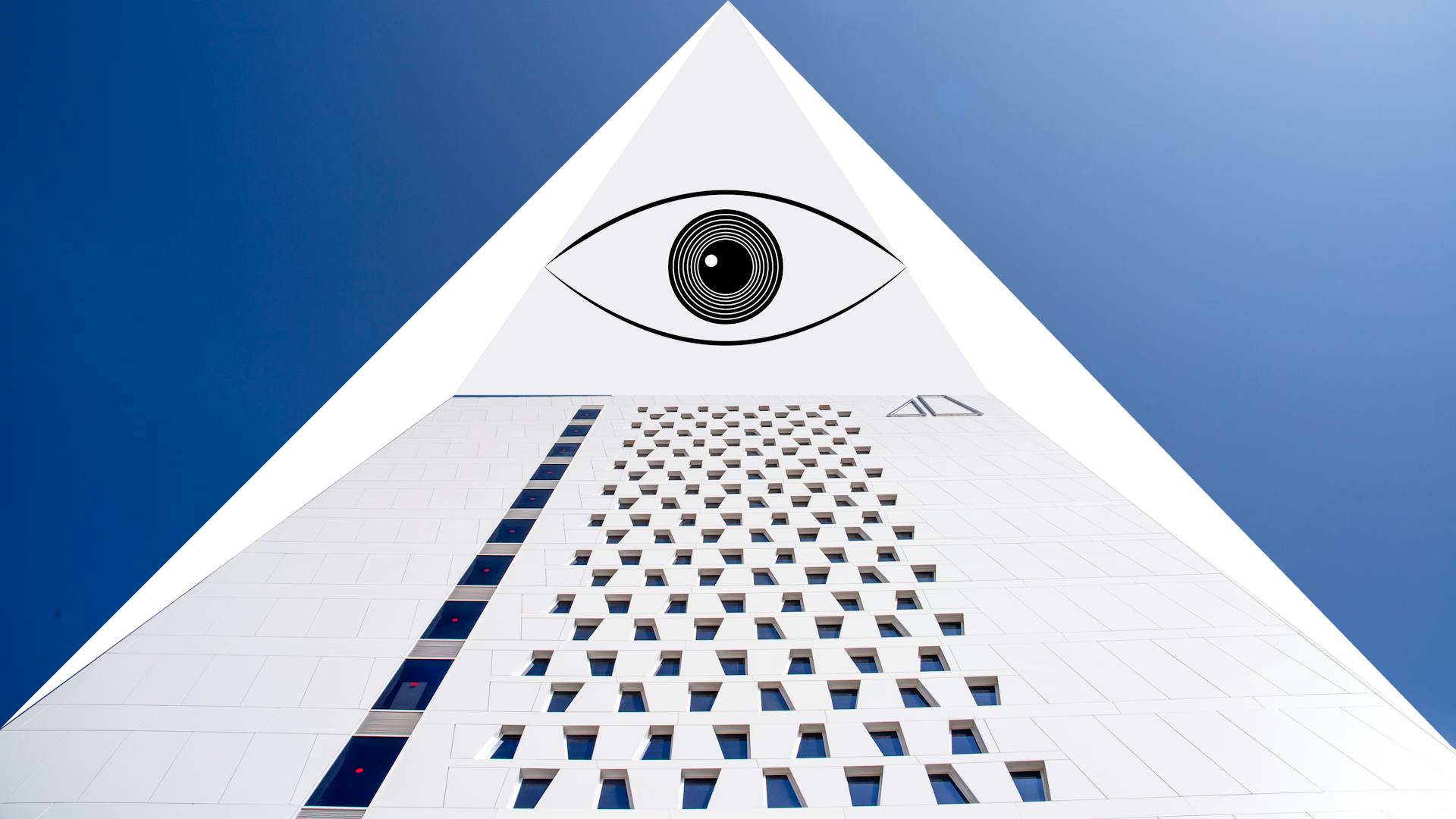
Red eyes in German Shepherds can be a concerning issue for many dog owners. The symptoms of red eyes in German Shepherds typically include redness, discharge, and squinting.
The underlying causes of red eyes in German Shepherds can be varied, including allergies, conjunctivitis, and eye injuries.
A proper diagnosis by a veterinarian is essential to determine the root cause of the issue. This can involve a physical examination, medical history, and potentially, diagnostic tests such as a Schirmer tear test or a cytology exam.
German Shepherds with red eyes may require management strategies to alleviate symptoms and prevent complications.
What Is Pannus?
Pannus is an autoimmune disease that affects only the eyes of dogs. It occurs when the immune system mistakenly targets and damages normal tissues.
The exact cause of pannus is unknown, but breed predispositions suggest that genetic factors may be at play. German Shepherds, like many other breeds, can be prone to this condition.
UV light can trigger or exacerbate pannus, making dogs who live at higher altitudes with greater UV exposure more likely to have severe or difficult-to-control disease.
Symptoms and Diagnosis
If your German Shepherd is showing signs of red eye, it's crucial to get them seen by a veterinarian right away. Redness in the eye is often accompanied by other symptoms, such as pawing at or rubbing their eye on the floor, squinting in light, or keeping their eye closed.
Pawing at their eye or rubbing it on the floor can be a sign of irritation or discomfort. Squinting in light may indicate sensitivity to light, while keeping their eye closed could be a sign of pain. These behaviors are all important to monitor and report to your veterinarian.
A veterinary ophthalmologist can diagnose red eye in dogs through a routine eye examination. They may also recommend further testing, such as an eye pressure screening or tear production measurement, to rule out other conditions.
Here are some common signs of red eye in dogs:
- Pawing at or rubbing eye on floor
- Squinting in light
- Keeping eye closed
- Cloudy cornea (surface of the eye)
- Watery tearing eyes
- Red mass appearing from under the eyelid
- Red spot on the white of the eye
- Swelling or puffiness of the eyelids
- White or green discharge from inner corner of the eye
How Pannus Is Diagnosed
Pannus in dogs is diagnosed during a routine eye examination by a veterinary ophthalmologist. They'll look for the characteristic appearance of pannus, which occurs only on the eye surface, not inside the eye.
Worth a look: Cloudy Eye

To confirm the diagnosis, a veterinary ophthalmologist may recommend simple tests like an eye pressure screening and tear production measurement to rule out other conditions. These tests help ensure that the eyes are otherwise healthy.
A veterinary ophthalmologist will conduct a full ophthalmologic exam to evaluate the various structures of the eye, including the conjunctiva, cornea, tear ducts, retina, and eyelids. This exam is crucial in identifying any underlying issues that may be contributing to pannus.
The Schirmer tear test may also be used to examine tear production and rule out conditions like KCS or dry-eye syndrome. This test involves placing a small paper test strip in between the eyelid and the eye to measure tear production.
Here are some key differences between pannus and other eye conditions:
It's essential to have your dog seen by a veterinary ophthalmologist if you notice any signs of pannus or other eye conditions. Early diagnosis and treatment can make a significant difference in preventing vision loss or other complications.
Uveitis
Uveitis is a serious condition that can cause inflammation in the interior of the eye, leading to a range of symptoms. Inflammation can cause tissues in the eye to stick together, resulting in an abnormal pupil shape, or block fluid drainage and lead to pressure buildup, known as glaucoma.
If left untreated, glaucoma can damage the optic nerve and lead to blindness in hours or days. The eye with uveitis may appear red and cloudy, and the iris may change color or appear fluffy and swollen.
Uveitis is often a sign of an underlying, systemic disease, such as infection or cancer. Blood and urine tests can help diagnose the underlying cause, and X-rays or ultrasound may be used to rule out cancer.
Treatment for uveitis focuses on reducing eye inflammation, preventing glaucoma, and finding and treating the underlying cause. Steroids may be used to suppress the local immune system overreaction that causes uveitis.
Here are the common signs of uveitis:
- Red and cloudy eye
- Abnormal pupil shape
- Glaucoma
- Iris changes (e.g., color change or swelling)
Treatment and Management
Pannus in German Shepherds requires aggressive treatment to gain control and reduce inflammation. This often involves topical eye drops or ointments containing immunomodulators and steroids.
Reducing UV light exposure is crucial in pannus treatment, but this can be challenging for high-energy breeds like German Shepherds. Consider using UV-protecting goggles like Rex Specs or Doggles to protect their eyes.
Topical medications are a common treatment for red eye in dogs, and may need to be applied up to three times daily for a week or two. These medications can include antibiotics, steroids, pain relievers, dilators, and artificial tears.
In some cases, oral antibiotics or anti-inflammatory medications may be prescribed to address underlying infections or diseases. Surgery may also be required to address causes of red eye, such as cherry-eye or entropion.
To achieve proper healing, correct application of drops or ointment and administration of oral medications is crucial. Your veterinarian may also recommend wearing an Elizabethan collar to prevent rubbing the eye.
Follow-up appointments for eye examinations are often required weekly to evaluate response to treatment.
Worth a look: Eye Boogers
Glaucoma
Glaucoma is a serious eye condition that can cause permanent vision loss if left untreated.
German Shepherds are prone to glaucoma due to their genetic makeup, which can lead to increased eye pressure and damage to the optic nerve.
This condition often affects older dogs, with most cases diagnosed between the ages of 6 and 10.
If your German Shepherd is experiencing sudden blindness or sensitivity to light, it's essential to seek veterinary care immediately.
Glaucoma can be caused by a variety of factors, including genetics, injury, and age-related degeneration.
Frequently Asked Questions
Should I be worried if my dog has red eyes?
Yes, red eyes in dogs can be a sign of a serious issue, so it's essential to have your pet examined by a veterinarian as soon as possible. Contact a veterinary ophthalmologist for a prompt diagnosis and treatment to ensure your dog's eye health.
Sources
- https://www.vetdermclinic.com/breed-specific-dog-skin-ear-problems-in-german-shepherds-part-1-allergy-conditions/
- https://veterinaryvisioncenter.com/whats-that-red-spot-pannus-in-dogs/
- https://www.total-german-shepherd.com/Pannus.html
- https://wagwalking.com/condition/red-eye
- https://envisioneyevet.com/the-dreaded-red-eye-5-serious-causes-in-dogs/
Featured Images: pexels.com


